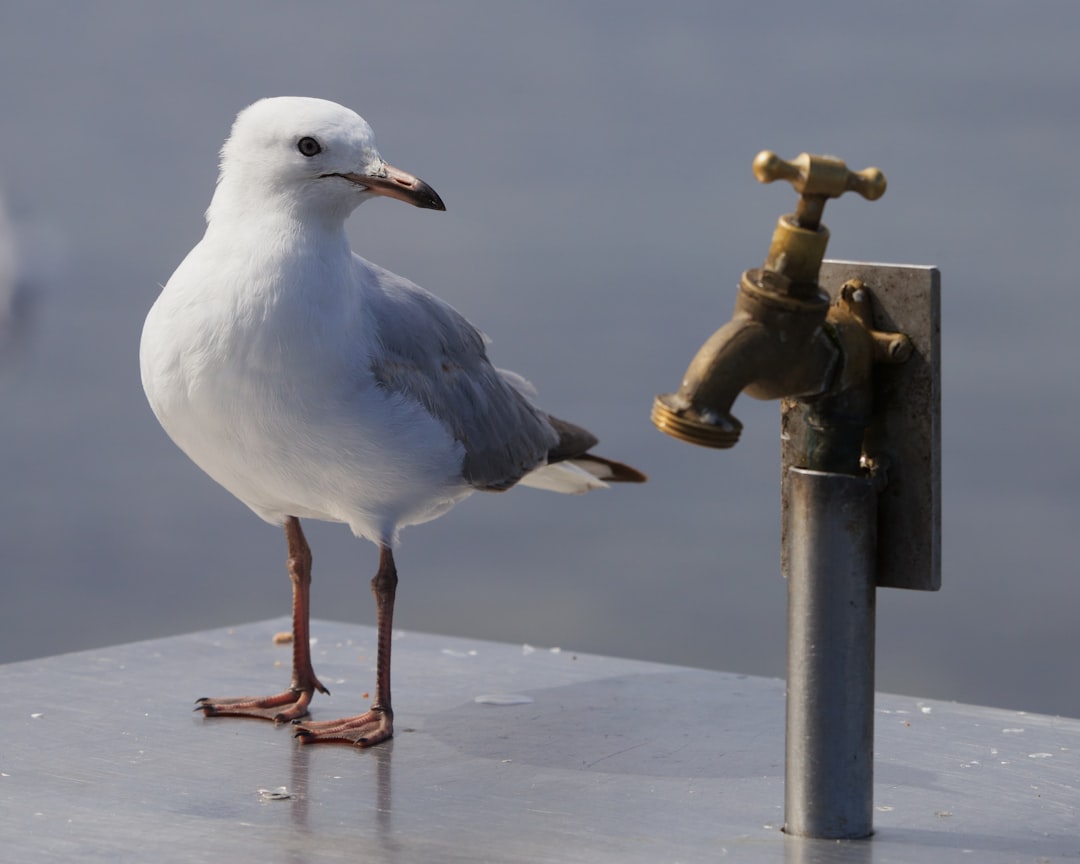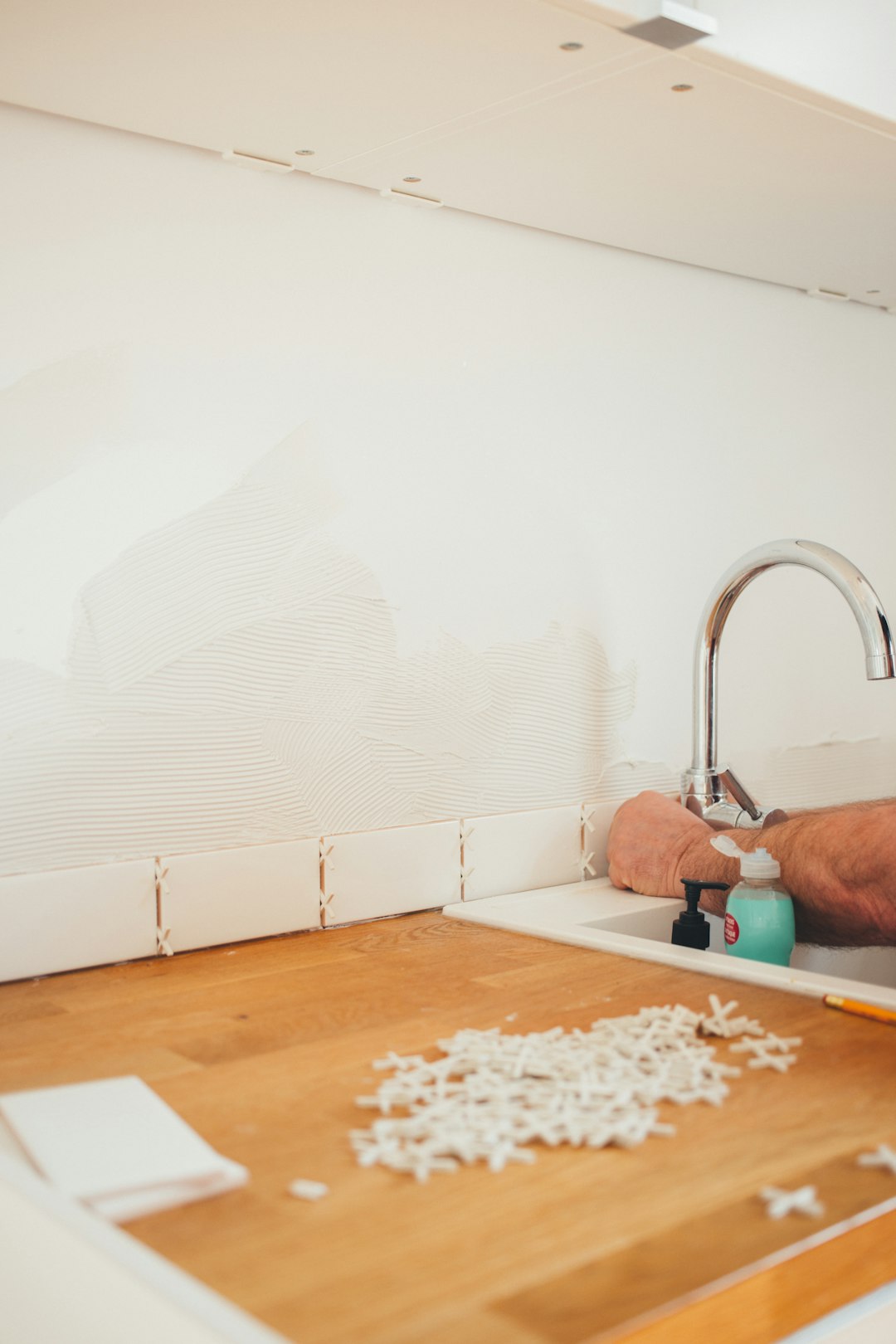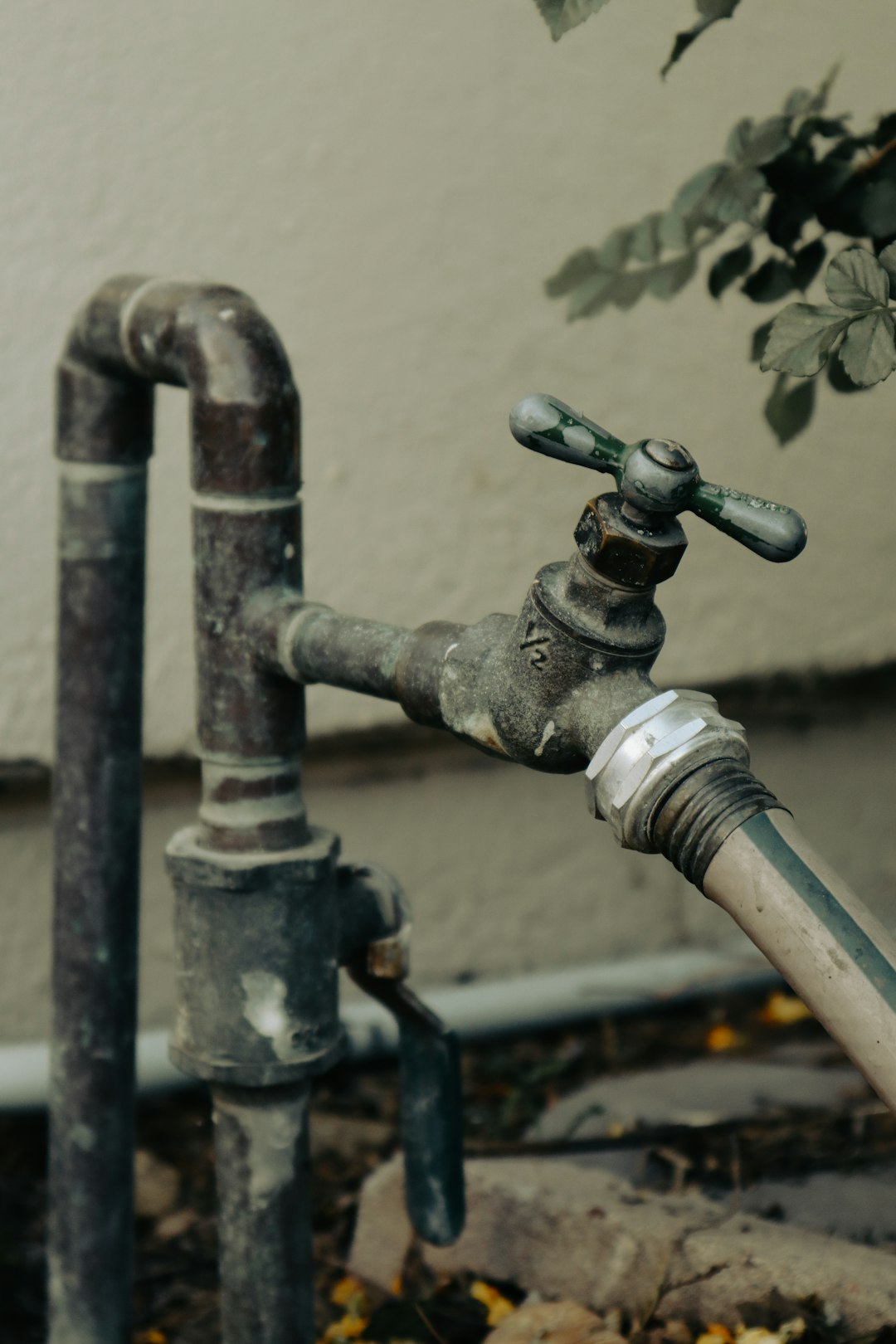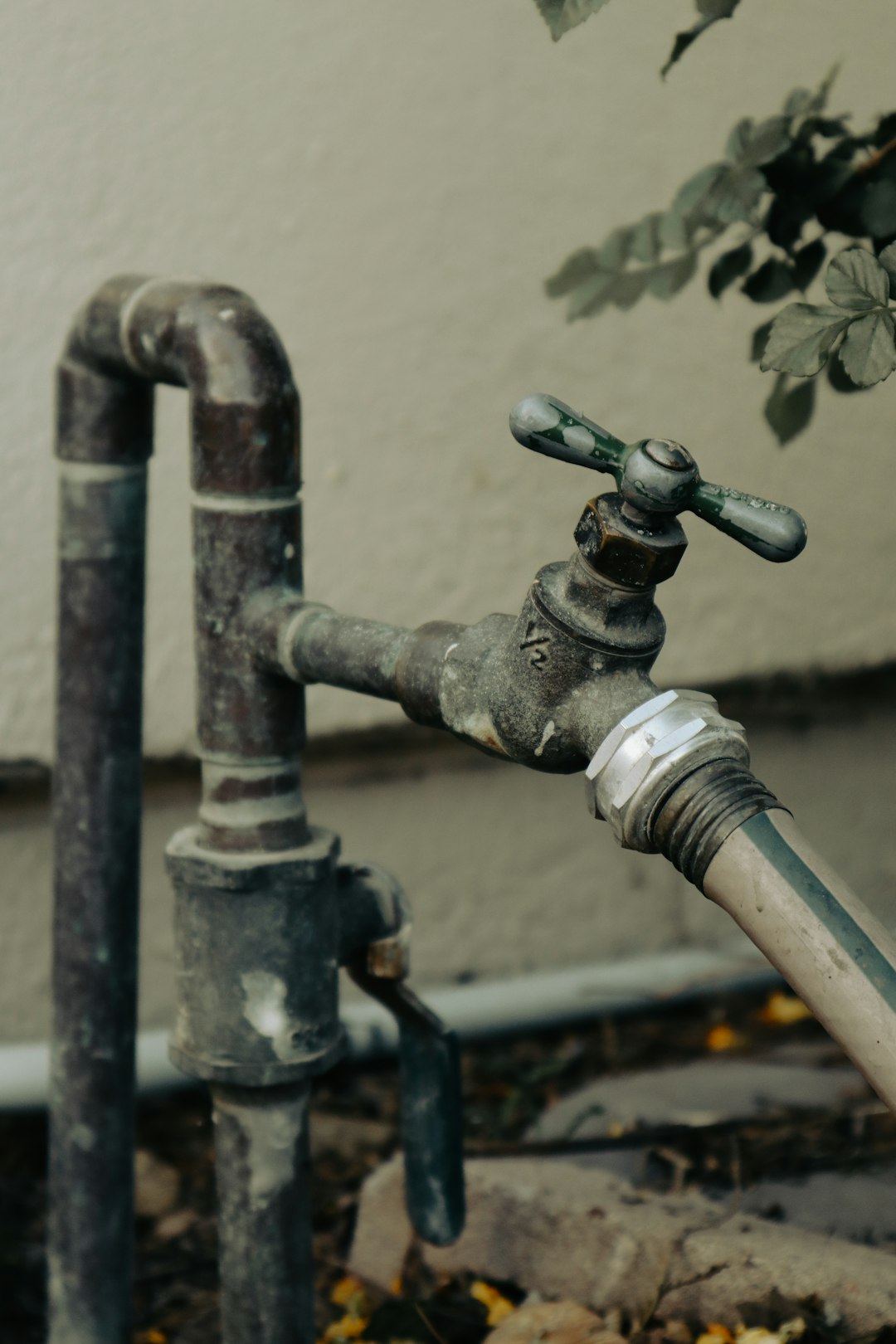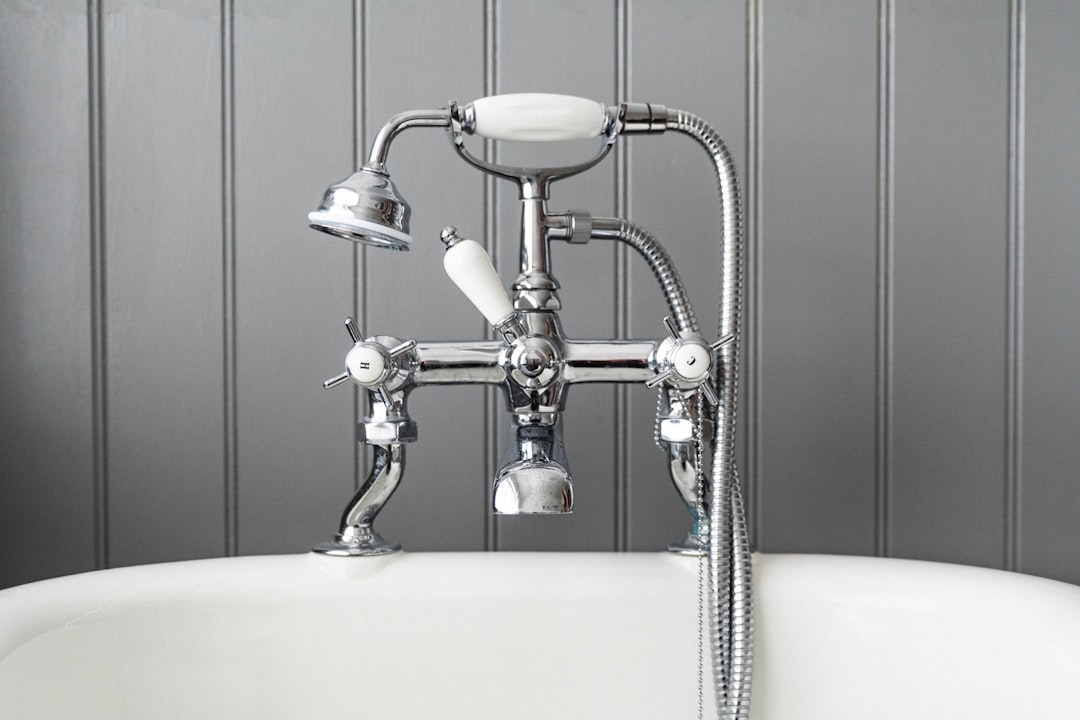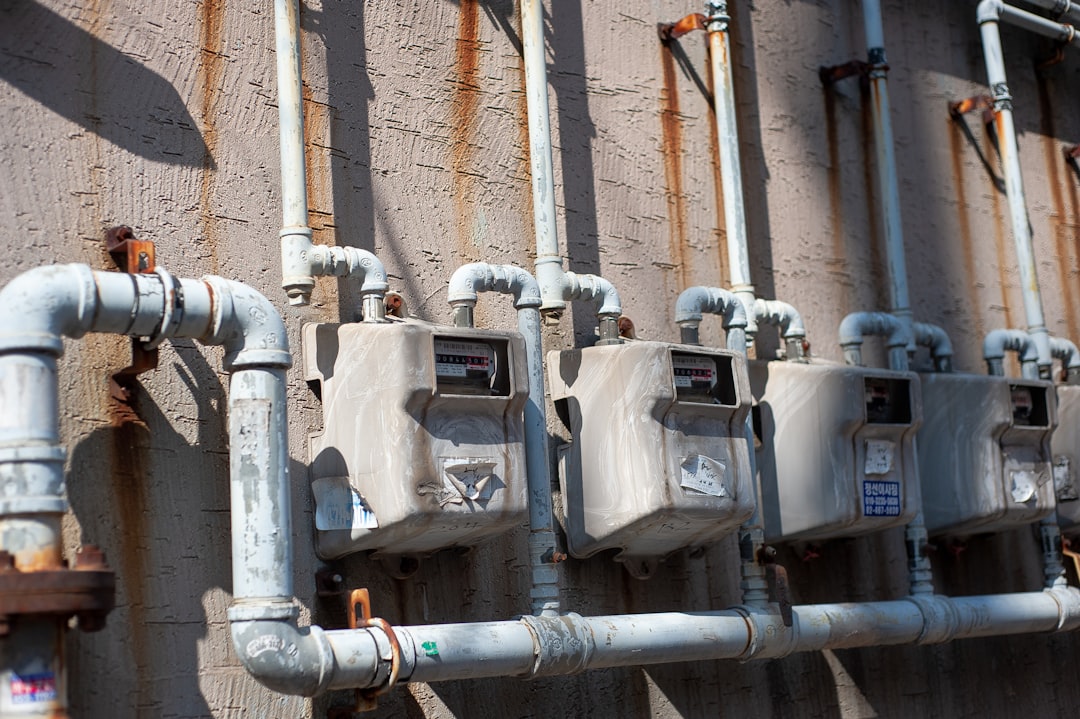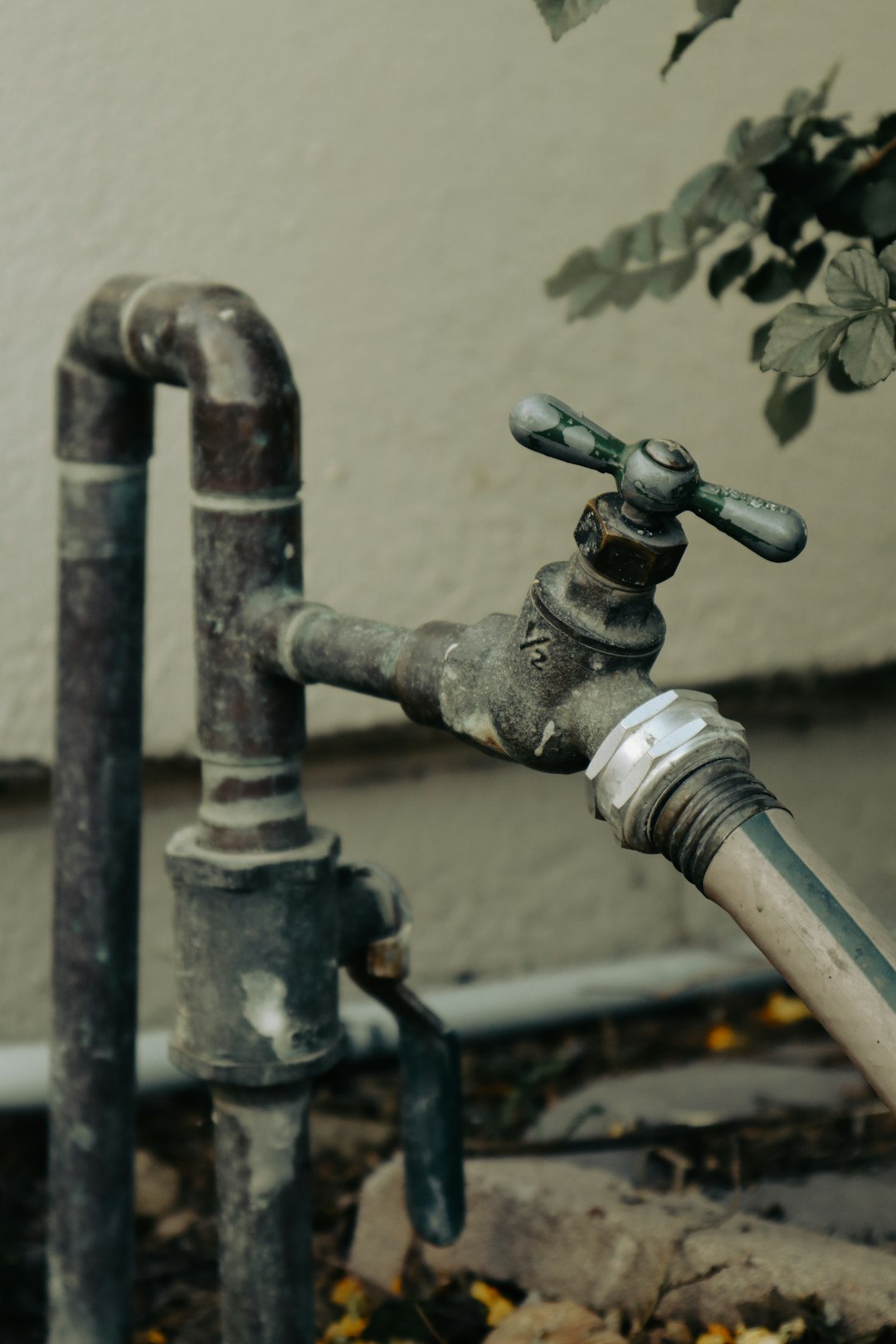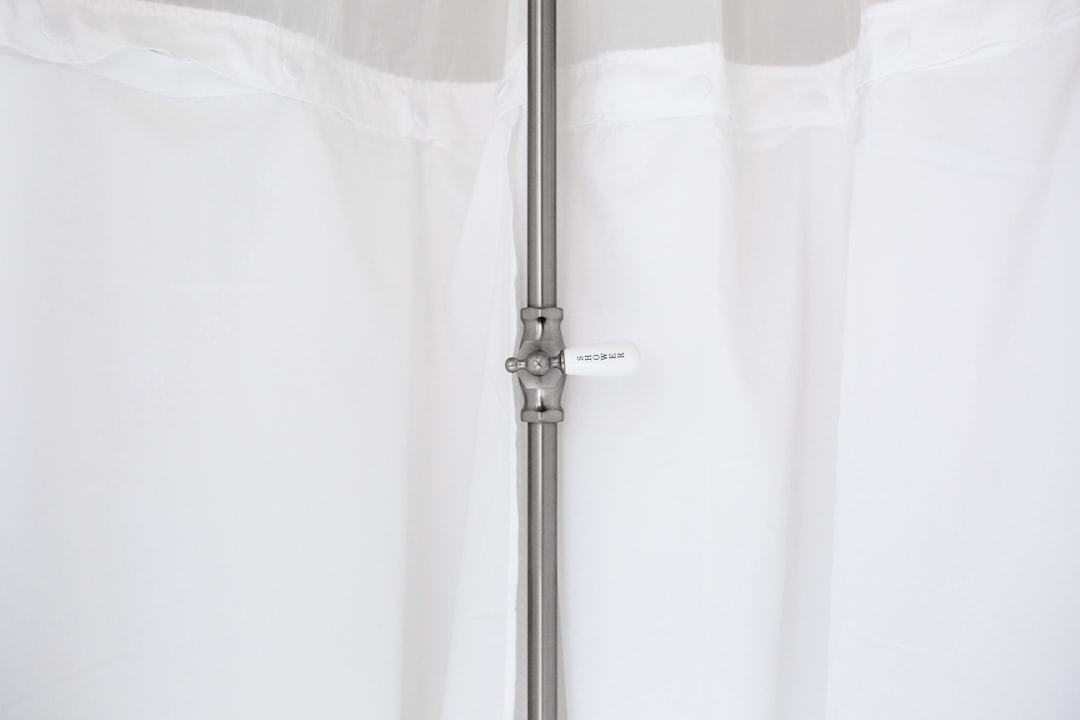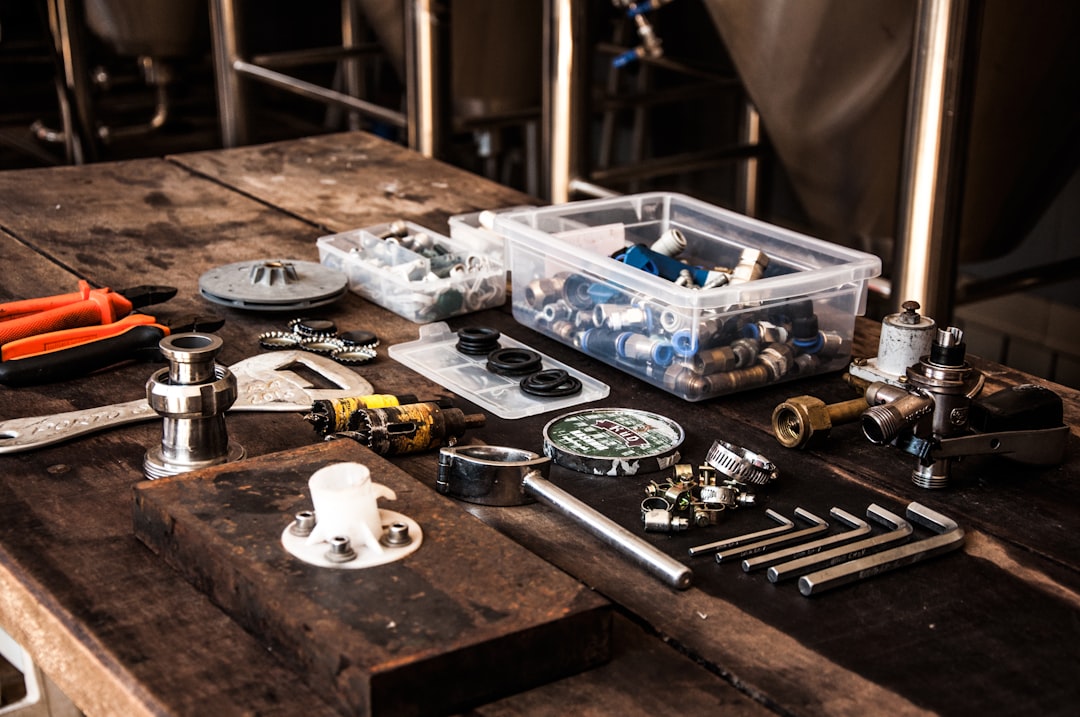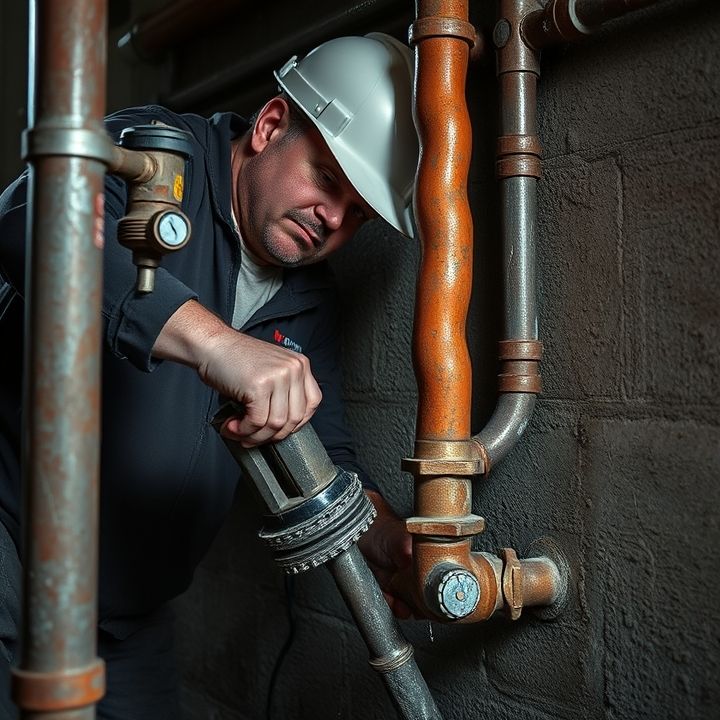Table of Contents
- Introduction
- Overview of fixed plumbing services and their importance
- Common plumbing issues and how they are resolved
- Essential tools and equipment used in fixed plumbing services
- Preventive maintenance for plumbing systems
- Emergency plumbing services and response times
- Cost considerations for various plumbing services
- Importance of hiring certified and professional plumbers
- Latest technologies in plumbing services and installations
- Conclusion
- Frequently Asked Questions
Introduction
In the quiet corners of our homes, where plumbing systems tirelessly work behind the scenes, lies the difference between a house and a sanctuary.
Whether it’s a leisurely shower, the comforting sound of a running faucet, or the gentle rush of water draining away, we often take these plumbing marvels for granted—until something goes wrong.
Enter the realm of fixed plumbing services, where skilled professionals transform your living space into a flawless oasis of functionality and style.
Imagine a home where everything flows seamlessly, where leaks are a distant memory, and every fixture sparkles with integrity.
In this article, we’ll delve into how expert plumbing maintenance and repairs can elevate your home’s comfort, enhance its value, and remarkably reduce stress about unexpected mishaps.
Join us as we explore the intricate art of plumbing perfection, highlighting the essential role it plays in creating a living environment that is as beautiful as it is efficient.
Ready to discover the plumbing wonders waiting to be unlocked in your home?
Overview of fixed plumbing services and their importance
Fixed plumbing services encompass a wide range of tasks aimed at ensuring the smooth operation of water supply and waste management systems in residential and commercial properties. These services typically include the installation, repair, and maintenance of pipes, fixtures, and appliances associated with plumbing systems.
One of the key advantages of fixed plumbing services is that they address issues before they escalate into major problems. Regular maintenance can help identify leaks, blockages, or wear and tear on plumbing systems, saving property owners from costly repairs in the long run. Furthermore, working with licensed plumbers ensures that all installations and repairs meet local building codes and safety standards, contributing to efficient water usage and enhanced sanitary conditions.
In addition to preventing emergencies, fixed plumbing services play a vital role in enhancing the overall comfort and functionality of a property. By maintaining a reliable plumbing system, homeowners and businesses can enjoy uninterrupted water supply and effective waste disposal solutions, which are essential for daily activities.
Common plumbing issues and how they are resolved
Common plumbing issues can arise in any household, leading to inconvenience and potential damage. One frequent problem is a leaky faucet, which often results from worn-out washers or seals. This issue can be resolved by replacing these components, restoring proper function. Another common issue is slow or clogged drains, usually caused by accumulated debris, grease, or foreign objects. To address this, homeowners can use a plunger or a drain snake, or they may require professional services to clear the blockage.
Running toilets are also a typical plumbing concern, often linked to a faulty flapper valve or fill valve. To fix this, replacing the defective parts is necessary. Additionally, homeowners may experience low water pressure, which can be due to pipe corrosion or leaks. Identifying the source and repairing or replacing the damaged pipes is essential to resolve this issue. Lastly, burst pipes, which can occur due to freezing temperatures or excessive pressure, require immediate attention from plumbing professionals to prevent extensive water damage.
Essential tools and equipment used in fixed plumbing services
Fixed plumbing services rely on a variety of essential tools and equipment to ensure efficient and effective repairs and installations. Among the most important tools is the adjustable wrench, which allows plumbers to grip and turn nuts and bolts of varying sizes. Additionally, plumbers often use pipe wrenches, specifically designed for gripping and turning pipe, making it easier to work with threaded sections.
Other critical equipment includes a plunger, which is a basic yet vital tool for clearing clogs in drains and toilets. For more stubborn blockages, plumbers may use a snake or auger, which can reach deeper into pipes to dislodge debris. Furthermore, they need a set of various pipe cutters, for cutting different types of pipes accurately.
For diagnostic purposes, drainage cameras are employed to inspect the interior of pipes and identify issues without invasive measures. Pressure gauges are also essential for checking system pressure, ensuring that plumbing systems function correctly. Each of these tools plays a crucial role in maintaining and repairing plumbing systems effectively.
Preventive maintenance for plumbing systems
Preventive maintenance for plumbing systems is essential for ensuring the longevity and efficiency of your plumbing infrastructure. Regular inspections can help identify potential issues before they escalate into costly repairs. One key aspect of preventive maintenance is checking for leaks, which can waste water and create damage to your property.
Additionally, it is important to inspect and clean drains to prevent blockages that can lead to overflowing or backups. Flushing water heaters annually can also enhance their performance and prolong their lifespan.
Homeowners should also be aware of the condition of their pipes. Aging or corroded pipes should be evaluated by a professional to determine whether they need repairs or replacements. Furthermore, maintaining proper water pressure helps avoid unnecessary stress on plumbing components.
Adopting a schedule for preventive maintenance not only ensures a smoother operation but also saves money in the long run, reducing the likelihood of emergency plumbing services.
Emergency plumbing services and response times
Emergency plumbing services are crucial in addressing urgent issues that can arise unexpectedly, such as burst pipes, severe leaks, or major drain blockages. Prompt response times are essential in these situations to prevent further damage to property and to ensure the safety of residents. Most emergency plumbing companies understand the urgency of these problems and aim to provide quick service, often offering 24/7 availability. When facing a plumbing emergency, it is advisable to contact a service that guarantees rapid response times, usually within an hour of the call.
Many factors can influence the speed of response, including the time of day, the location of the job, and the current workload of the plumbing service. Efficient dispatch systems and well-trained technicians can significantly reduce wait times. Homeowners should be aware that while emergency services are designed for quick responses, each situation is unique and may require varying levels of attention and resources. Understanding these dynamics can help in selecting the right plumbing service during a crisis.
Cost considerations for various plumbing services
When considering fixed plumbing services, understanding the cost implications is crucial for homeowners and businesses alike.
Various factors contribute to the overall expense, including the type of service required, the complexity of the issue, and the materials involved.
For instance, simple tasks like unclogging a drain typically cost less than more intricate jobs such as replacing a water heater or rerouting pipes.
Labor costs can also vary significantly, influenced by the plumber’s experience and location.
Emergency services often come with a premium price, reflecting the urgency of the situation and the need for immediate response.
Moreover, the quality of materials used can impact the total cost; opting for higher-quality fixtures may lead to less frequent repairs in the future.
It’s essential for consumers to obtain detailed estimates before committing to any plumbing services, allowing for a clearer understanding of what to expect financially.
Importance of hiring certified and professional plumbers
Hiring certified and professional plumbers is crucial for maintaining the integrity of your plumbing system.
Certified plumbers possess the necessary training and expertise to handle various plumbing challenges effectively. They are well-versed in local building codes and regulations, ensuring that all work complies with legal standards.
Additionally, professional plumbers have access to the latest tools and technologies, allowing them to diagnose issues accurately and provide long-lasting solutions.
When you hire a certified plumber, you are also investing in peace of mind. These professionals typically offer warranties on their services, which means that if problems arise after the job is completed, they will address the issues without additional costs.
Furthermore, professional plumbers are equipped to deal with emergencies, providing timely assistance that prevents further damage to your home. In summary, enlisting the help of certified plumbers not only guarantees quality workmanship but also safeguards your property against potential plumbing disasters.
Latest technologies in plumbing services and installations
The plumbing industry is continually evolving, with new technologies enhancing efficiency and service delivery. One of the latest advancements is the use of trenchless technology, which allows for the installation and repair of pipes without extensive digging. This method minimizes disruption to properties and landscapes, reducing both time and labor costs. Another significant improvement is the integration of smart plumbing systems equipped with IoT sensors. These sensors monitor water usage, detect leaks, and identify potential issues before they escalate, enabling proactive maintenance.
Moreover, the incorporation of 3D printing technology is revolutionizing how plumbing components are manufactured. This innovation facilitates the rapid production of custom parts, allowing for quicker repairs and installations. Additionally, modern plumbers are utilizing video inspection tools to diagnose problems within pipelines accurately. These cameras provide real-time footage, enabling technicians to pinpoint the location of clogs or damages without invasive procedures. Collectively, these technologies enhance the overall plumbing experience, making services more efficient, cost-effective, and environmentally friendly.
Conclusion
In conclusion, fixed plumbing services are essential for maintaining the functionality, safety, and comfort of your home. By understanding common plumbing issues and the importance of preventive maintenance, homeowners can save money and avoid inconvenience caused by unexpected repairs. With the right tools and technology, professional plumbers can efficiently tackle any plumbing problem, ensuring compliance with safety standards and local codes. By investing in certified plumbing services, you not only receive expert assistance but also peace of mind through warranties and reliable support. If you have been experiencing plumbing issues or wish to schedule preventive maintenance, don’t hesitate to reach out for immediate assistance. Contact us at 573-555-2121 today for reliable plumbing solutions that will transform your home and ensure a perfect plumbing experience.
